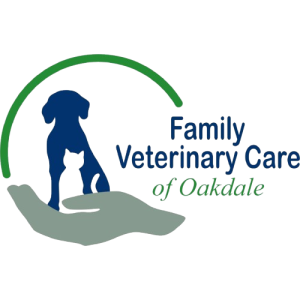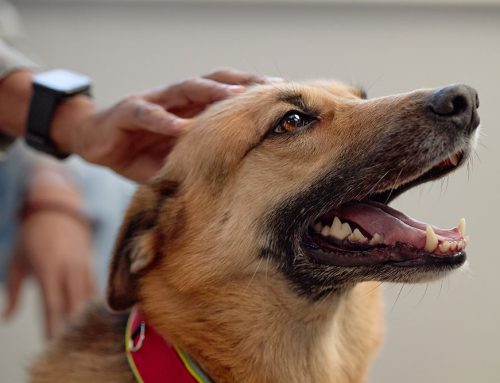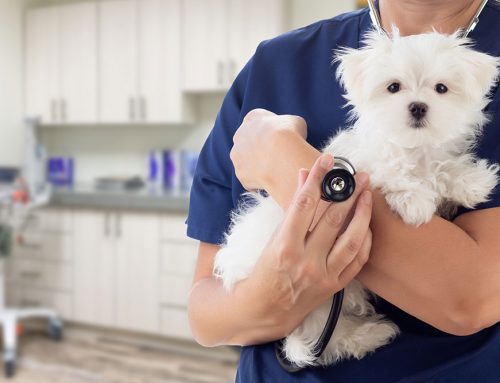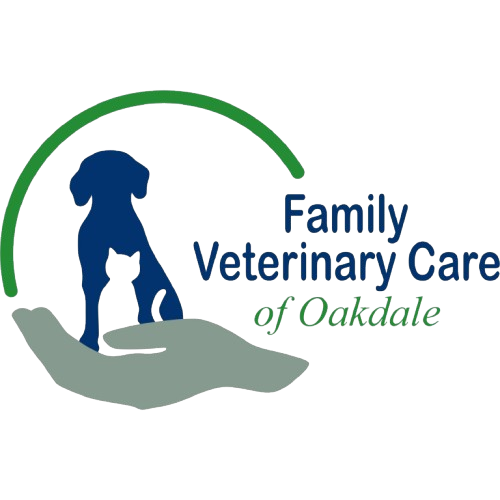Understanding Foreign Body Removal Surgery in Pets: A Veterinary Guide
Foreign Body Ingestion: A Serious Medical Emergency
Pets explore the world with their mouths, which sometimes leads to ingesting non-food items. These foreign bodies—ranging from toys and bones to clothing, string, and household objects—can pose serious health risks, including gastrointestinal obstructions, perforations, and toxicity.
At Family Veterinary Care of Oakdale, we emphasize early detection and intervention. Timely removal of an ingested object can mean the difference between a straightforward procedure and a life-threatening emergency.
Recognizing the Signs of Foreign Body Ingestion
Symptoms of foreign body ingestion vary depending on the object’s size, location, and shape. Some items may pass naturally, while others become lodged, causing blockages or perforations. Common clinical signs include:
- Vomiting or gagging (especially persistent or projectile)
- Abdominal discomfort (whimpering, reluctance to be touched, bloated belly)
- Lethargy and weakness
- Loss of appetite or refusal to eat
- Diarrhea, constipation, or straining to defecate
- Pawing at the mouth (if an object is lodged in the esophagus)
Red Flag Symptoms (Seek Emergency Care Immediately):
- Severe abdominal pain or bloating
- Inability to keep food or water down
- Sudden collapse or unresponsiveness
- Blood in vomit or stool
- Difficulty breathing (if an object obstructs the airway)
Each type of foreign body presents unique risks. Sharp objects (e.g., bones, needles) can perforate the intestines, leading to peritonitis (life-threatening infection). Linear foreign bodies (e.g., string, ribbon) can cause “intestinal plication,” where the intestines bunch up like an accordion, necessitating urgent surgical intervention.
Veterinary Diagnosis: How to Identify a Foreign Body
1. Physical Examination
A veterinarian will perform an abdominal palpation to check for tenderness, bloating, or abnormal masses. If a linear foreign body (like a string) is suspected, they may examine under the tongue, where it can anchor.
2. Imaging Studies
- X-rays (Radiographs): The most common diagnostic tool, ideal for detecting radio-opaque foreign objects like metal, bones, or dense plastic.
- Contrast Studies (Barium Swallow): Used when the object is not visible on a plain X-ray. Barium highlights the gastrointestinal tract, revealing blockages or delayed gastric emptying.
- Ultrasound: Helps identify soft foreign bodies (fabric, rubber, paper) and assesses fluid accumulation (which may indicate perforation).
- Endoscopy: A minimally invasive procedure where a small camera is inserted down the esophagus to locate and sometimes retrieve objects in the stomach or upper intestines.
3. Bloodwork (CBC & Chemistry Panel)
- Elevated white blood cell count may indicate infection or inflammation.
- Electrolyte imbalances suggest dehydration due to persistent vomiting.
- Liver and kidney values help assess systemic health before anesthesia.
Learn more about gastrointestinal foreign bodies in small animals.
Foreign Body Removal: Treatment Options
Once a foreign body is confirmed, the best removal method depends on its size, shape, location, and potential complications.
1. Inducing Vomiting (Limited Use Case)
In some cases, if the object is small, smooth, and recently ingested, the veterinarian may induce vomiting. However, this is not an option for sharp objects, batteries, or caustic substances, as they can cause further injury on the way back up.
2. Endoscopic Retrieval (Minimally Invasive Option)
- Performed under general anesthesia
- Suitable for objects in the esophagus or stomach
- A specialized camera and grasping tool allow removal without surgery
3. Surgical Removal (Exploratory Laparotomy or Enterotomy)
Surgery is required if:
- The object has moved beyond the stomach into the intestines
- There is a complete obstruction
- Perforation or peritonitis is suspected
Surgical Steps:
- Anesthesia & Preoperative Monitoring: The pet is anesthetized and continuously monitored.
- Abdominal Incision: The veterinarian carefully opens the abdomen.
- Foreign Body Removal: Depending on location:
- Gastrotomy (stomach incision)
- Enterotomy (intestinal incision)
- Resection & Anastomosis (R&A) (if a segment of intestine is dead due to prolonged blockage)
- Closure & Recovery: The incision is sutured in multiple layers to prevent leakage and infection.
Postoperative monitoring is crucial to watch for complications like infection, dehiscence (wound reopening), or ileus (intestinal paralysis).
Read more about exploratory surgery in pets.
Post-Surgical Recovery & Aftercare
After surgery, most pets recover within 7-14 days with proper care.
Home Care Tips:
- Restrict activity: Too much movement can strain the incision. Short, controlled leash walks only.
- Monitor the incision site: Look for redness, swelling, discharge, or missing stitches.
- Dietary adjustments: Start with small, bland meals (boiled chicken and rice) before transitioning back to regular food.
- Prevent licking or chewing stitches: Use an e-collar (cone) or a post-surgical bodysuit.
- Watch for post-op complications:
- Persistent vomiting
- Lethargy beyond 48 hours
- Refusing food/water
- Straining to defecate
If any of these occur, contact your veterinarian immediately.
Preventing Foreign Body Ingestion in Pets
To reduce the risk of future incidents:
- Choose safe toys: Avoid small, chewable pieces that can be swallowed.
- Supervise playtime: Especially for pets prone to chewing.
- Pet-proof your home: Store socks, hair ties, trash, and small objects out of reach.
- Teach commands: “Leave it” and “Drop it” can prevent ingestion.
- Monitor dietary habits: Avoid bones or rawhide that splinter easily.
- Learn more about preventive behavioral training at AVSAB.
Frequently Asked Questions (FAQs)
How do I know if my pet swallowed something dangerous?
Look for vomiting, drooling, pawing at the mouth, or signs of abdominal pain. When in doubt, seek veterinary care immediately.
What happens if a foreign body is not removed?
It can cause intestinal rupture, sepsis, and organ failure, which can be fatal. Prompt treatment is critical.
How much does surgery cost?
Costs vary based on procedure complexity, hospitalization, and post-op care. An estimate will be provided after diagnostics.
Emergency? Contact Us Now!
If you suspect your pet has ingested a foreign object, don’t wait! Early intervention saves lives.
Call Family Veterinary Care of Oakdale or visit us immediately for expert care.











Leave A Comment